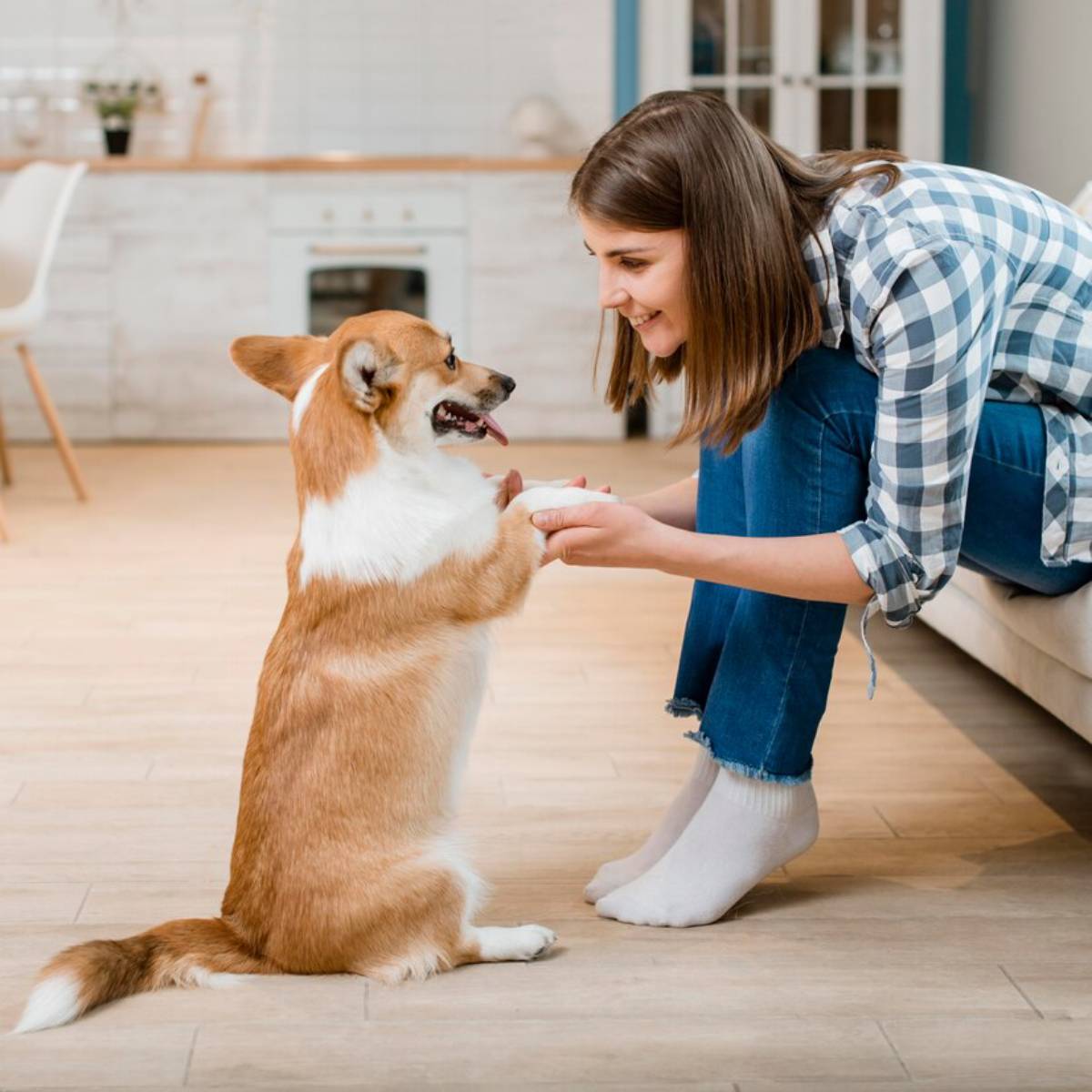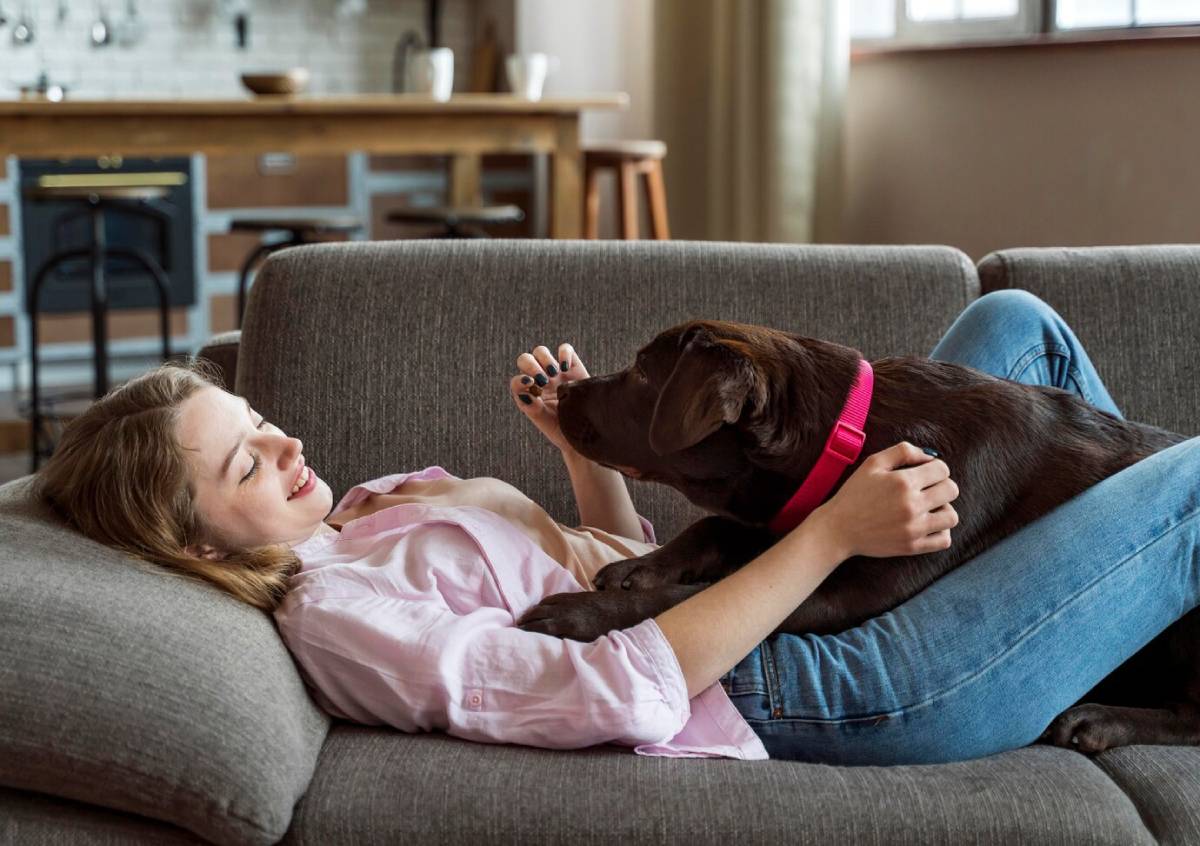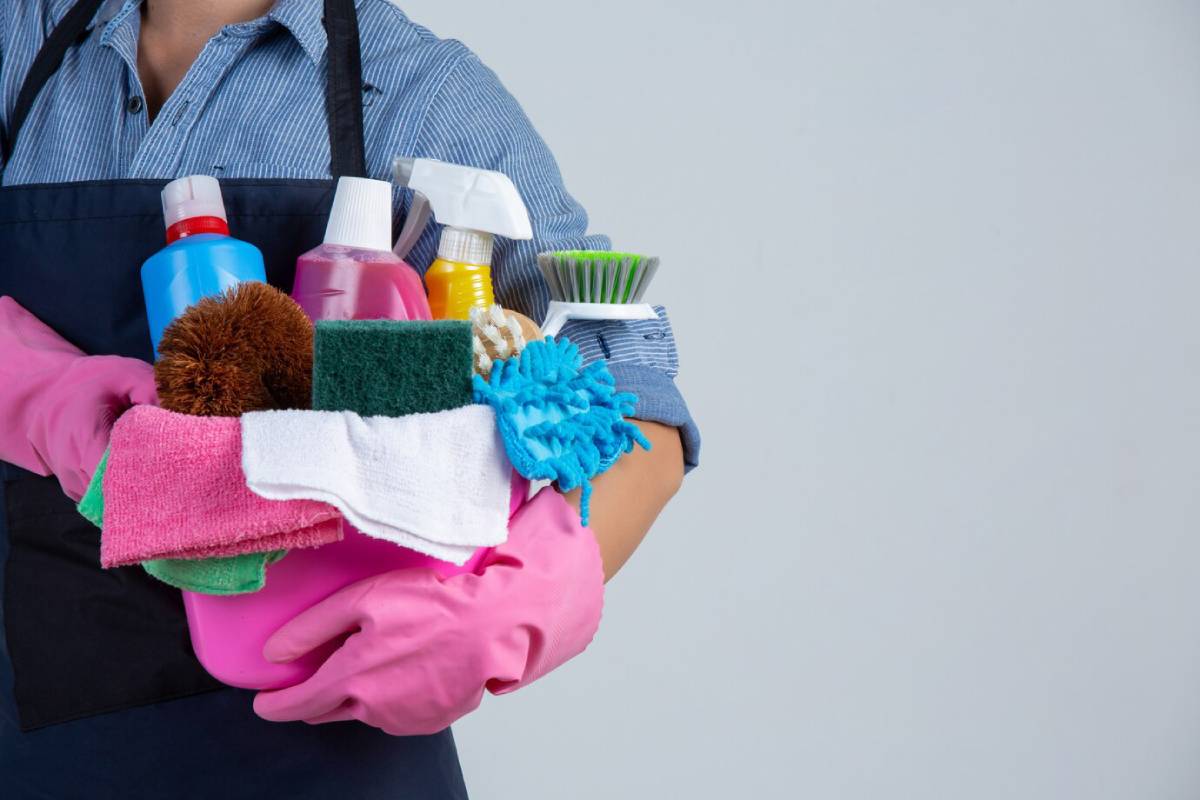
Preparing Your Home for a Newly Adopted Pet
Bringing home a newly adopted pet is a heartwarming and life-changing experience. Whether you’re adopting a lively pup, a curious kitten, or a mature animal from a shelter, preparing your home in advance makes all the difference. It creates a safe, welcoming environment where your new companion can adjust with comfort and confidence.
From pet-proofing your home to managing the new pet introduction process, this guide will walk you through every step. If you’re adopting shelter animals, you’ll also learn how to support them during their initial days in a new environment.
Why Preparation Matters

Adopted pets often come from unpredictable or stressful backgrounds. Some may be shy, others overly excitable, but all need time and patience. A well-prepared home:
- Minimises stress and confusion
- Prevents accidents or injuries
- Promotes trust and bonding
- Helps establish routines from day one
The more proactive you are before their arrival, the smoother the transition will be for both you and your pet.
Step One: Pet-Proofing Your Home
Just like baby-proofing, pet-proofing your home helps prevent your new pet from getting into trouble or harming themselves.
General Pet-Proofing Tips

- Secure electrical cords with covers or tape to prevent chewing
- Remove or elevate toxic plants such as lilies, poinsettias, and philodendrons
- Store cleaning products, medications, and human food securely out of reach
- Use childproof latches on cupboards if needed
- Block off no-go areas with baby gates or closed doors
- Ensure windows have secure screens, especially for cats
For Puppies and Dogs
- Keep shoes, bins, and remote controls out of reach
- Avoid dangling cords on blinds or curtains
- Pick up small objects that could be swallowed
- Create a safe space such as a crate or quiet room
For Kittens and Cats
- Anchor tall furniture to prevent tipping during climbing
- Remove fragile items from shelves
- Hide strings, rubber bands, and hair ties that may tempt chewing
- Set up a climbing post or cat tree to satisfy natural instincts
Step Two: Create a Designated Pet Area
A designated space gives your pet a clear zone where they can feel safe and settle in gradually.
Include:

- A cosy bed or blanket
- Fresh water and food bowls
- Litter tray (for cats), placed away from food and sleeping areas
- Toys or chew items
- Scratch posts for cats
- A crate or enclosed space for dogs (especially helpful in early training)
Place this area somewhere quiet and calm, away from heavy foot traffic, especially during the first few days.
Step Three: Stock Up on Essentials
Before your pet arrives, gather the basics so you’re fully prepared. Items will vary depending on the type and age of your pet, but typically include:
- Food appropriate for your pet’s age and size
- Treats for training and comfort
- Collar, lead, and ID tag (for dogs)
- Microchip registration or update
- Litter and litter tray (for cats)
- Brushes, shampoo, and grooming tools
- Cleaning supplies for accidents (enzyme-based cleaners are ideal)
- Toys and enrichment items
As you gather supplies, make sure you’re also informed about essential vaccinations to give your new companion a healthy start.
Step Four: The First Day – New Pet Introduction
The new pet introduction should be calm, gentle, and unhurried. Animals thrive on routine and security, so avoid overwhelming them with too much stimulation on day one.
Meeting Family Members
- Allow your pet to explore their space before meeting everyone
- Let them approach people at their own pace
- Use quiet voices and slow movements
- Supervise children and teach them to respect the pet’s boundaries
Introducing to Other Pets
- Keep initial interactions short and controlled
- Use scent-swapping beforehand (e.g. trading blankets or toys)
- Introduce on neutral ground if possible (e.g. garden for dogs)
- Separate food and sleeping areas to prevent resource-guarding
Allow plenty of time for adjustment. In multi-pet homes, full integration can take days or even weeks.
Step Five: Set Routines and Boundaries
Establishing structure early helps your pet settle and builds trust.
- Feed meals at the same time each day
- Take dogs out on consistent toilet breaks and walks
- Reinforce training gently with treats and praise
- Show your cat where the litter tray is and keep it clean
- Avoid too many visitors during the first few days
A stable routine helps your pet understand what to expect and makes the transition less overwhelming.
Veterinary Check and Health Essentials
To ensure your new pet stays healthy from day one, don’t forget to review essential vaccinations for puppies and kittens as part of their veterinary care plan. This helps:
- Establish a relationship with your vet
- Review vaccination status
- Discuss parasite prevention
- Plan neutering or spaying if not already done
Your vet can also advise on diet, behaviour, and preventive care to support long-term health.
Supporting Shelter Animals Through Transition
Adopting shelter animals comes with unique rewards—and sometimes unique challenges. Many rescue pets have had inconsistent or difficult pasts. They may need extra time to adjust and build confidence.
Tips for supporting your adopted pet:
- Be patient and avoid punishment-based responses
- Allow plenty of quiet time and personal space
- Reward positive behaviour and small victories
- Use positive reinforcement in all training
- Work with a vet or behaviourist if you encounter specific concerns
Some pets blossom within days, while others take months. Go at their pace and celebrate progress, no matter how small.
Final Thoughts: Welcome Home
Bringing a new pet home is both exciting and emotional. With preparation, patience, and a loving environment, your adopted dog or cat will soon feel like a natural part of the family.
Whether you’re focused on pet-proofing your home, managing the new pet introduction, or easing the transition for those adopting shelter animals, your efforts create the foundation for a lifelong bond.
As your journey begins, it’s also worth reflecting on the responsibilities of pet ownership to stay mindful of the long-term commitment you’ve embraced. Take it one day at a time, stay consistent, and enjoy every moment of this new beginning.


